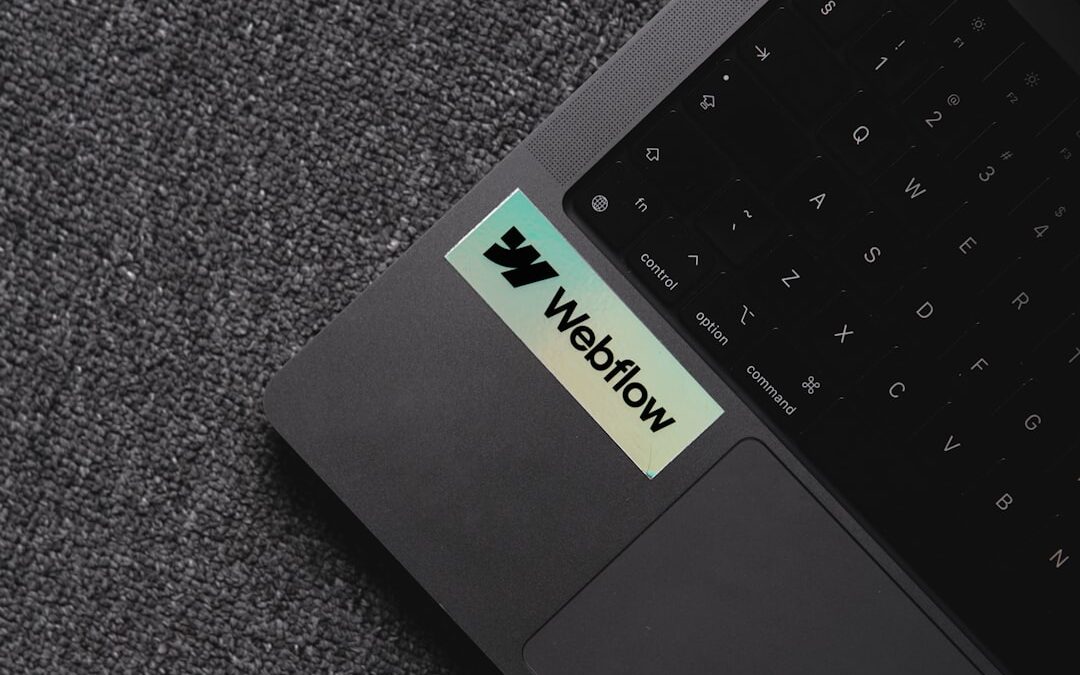Comparing Framer and Webflow: A Detailed Analysis
Introduction
Framer and Webflow are two popular tools used by designers and developers to create websites and prototypes. While both have their strengths and weaknesses, it ultimately depends on the needs and preferences of the user. In this blog post, we will compare the two platforms based on features, pricing, ease of use, targeted persona, and market adoption.
Features
Framer is known for its powerful prototyping capabilities and is often used by designers who want more control over the interactions and animations in their projects. It offers advanced features like code components and interactive components that allow for more customization. On the other hand, Webflow is better suited for designers who want to create websites without having to write code. It offers a visual editor that allows users to design and build websites using a drag-and-drop interface.
Pricing
Framer offers a free tier that includes basic features and allows users to create unlimited projects. The paid plans start at $12 per month and include additional features like access to premium components and collaboration tools. On the other hand, Webflow offers a free plan with limited features and the ability to export code. The paid plans start at $12 per month and include features like custom domains, site search, and advanced interactions.

Ease of Use
Framer has a steeper learning curve compared to Webflow, as it requires knowledge of Javascript and React to fully utilize its capabilities. However, Framer does offer a user-friendly interface and provides templates and resources to help users get started. Webflow, on the other hand, is known for its intuitive interface and does not require any coding knowledge to use. It offers tutorials and support to help users learn how to use the platform effectively.
Targeted Persona
Framer is targeted towards designers and developers who want to create interactive prototypes with custom animations and interactions. It is best suited for those who have experience with coding and want more control over the design process. On the other hand, Webflow is targeted towards designers and creatives who want to create responsive websites without having to write code. It is ideal for those who prefer a visual design tool and want to focus on the aesthetics of their projects.
Market Adoption
Framer is a popular choice among designers and developers who want to create high-fidelity prototypes. It is used by companies like Facebook, Google, and Uber to design and test new products. Webflow, on the other hand, is widely used by freelancers, agencies, and small businesses to create websites for clients. It has a large community of users and is known for its responsive design capabilities.
In conclusion, both Framer and Webflow offer unique features and capabilities that cater to different audiences. Framer is best suited for designers and developers who want more control and customization in their projects, while Webflow is ideal for designers who want to quickly create websites without having to write code. Ultimately, the choice between the two platforms depends on the user’s needs and preferences.


